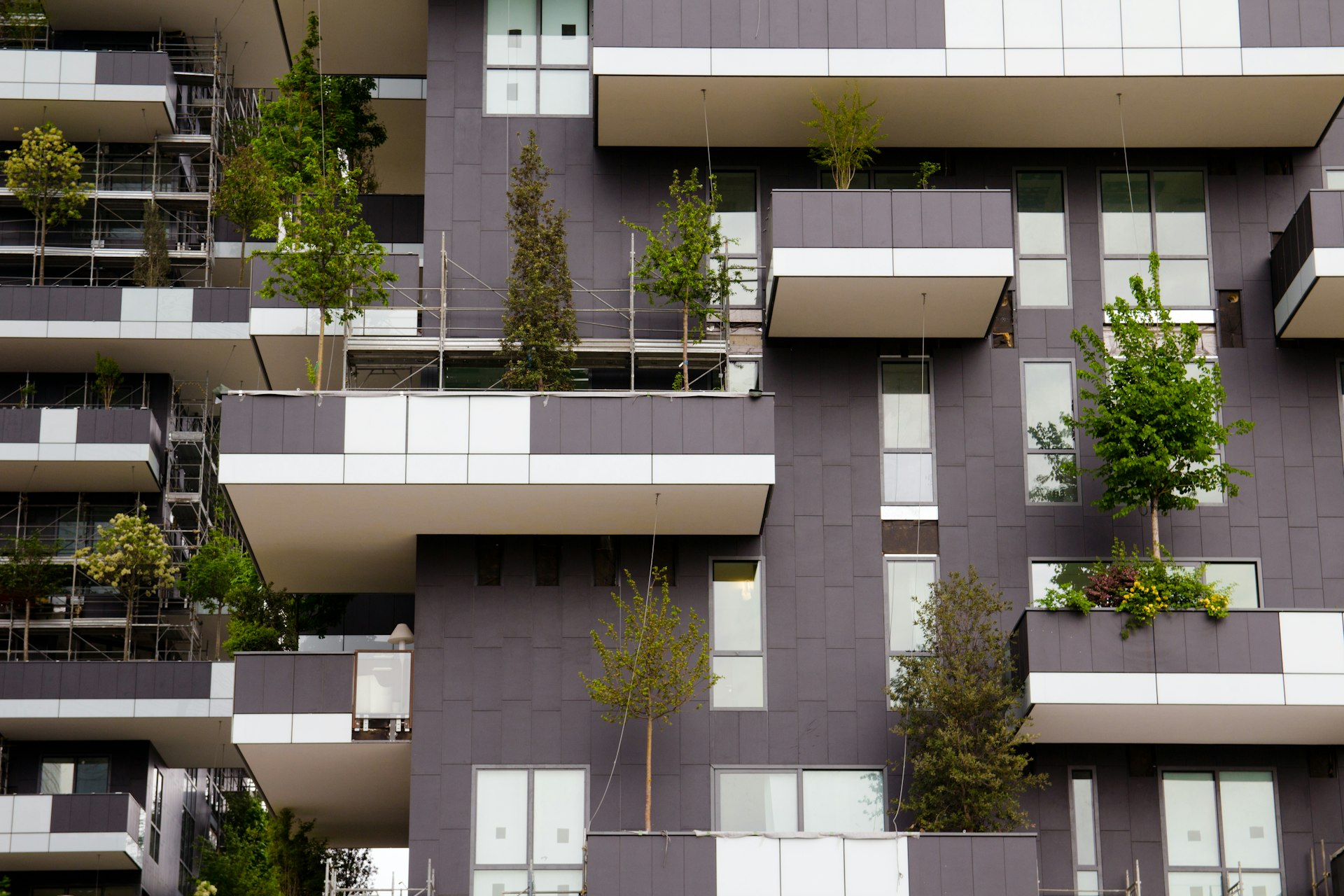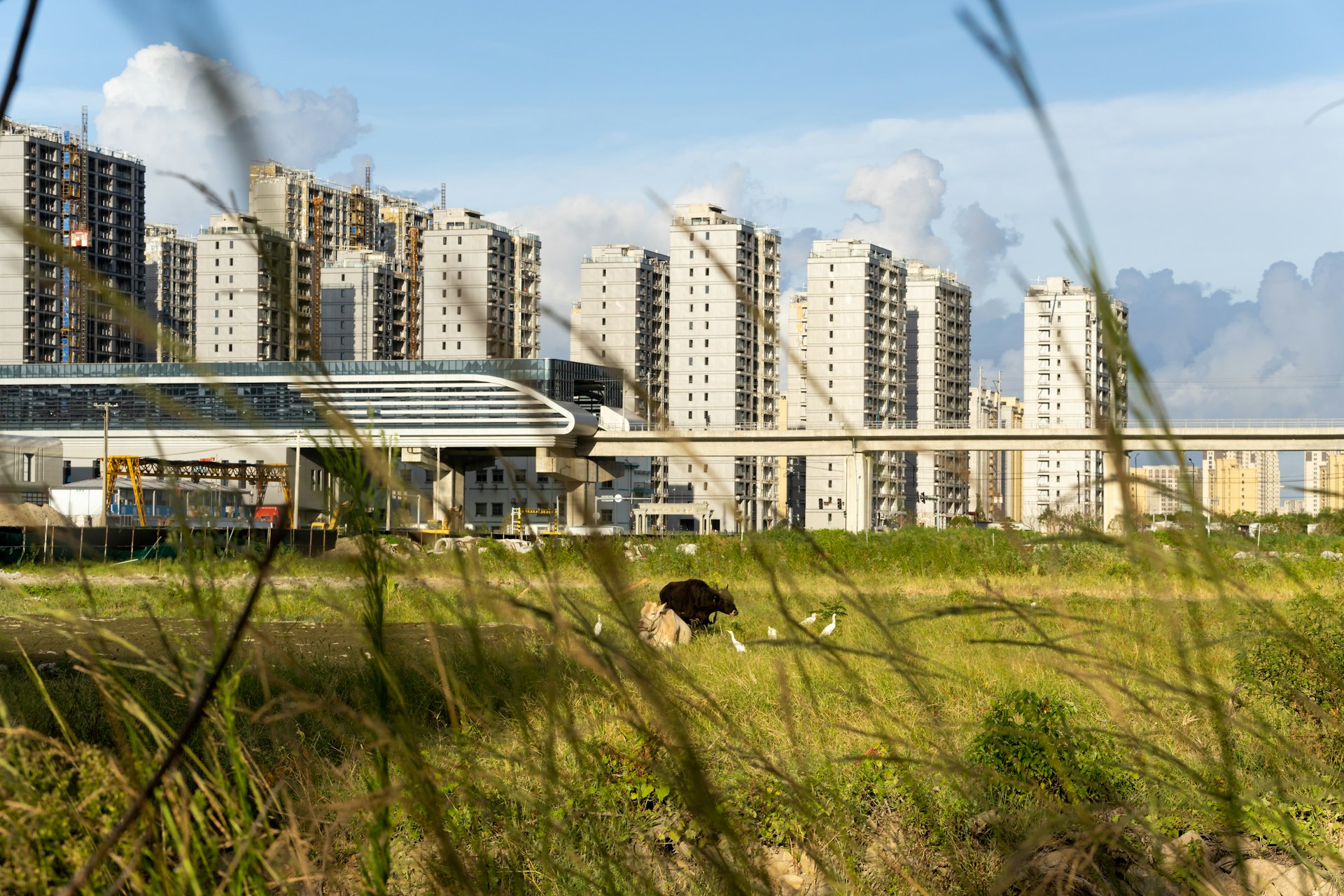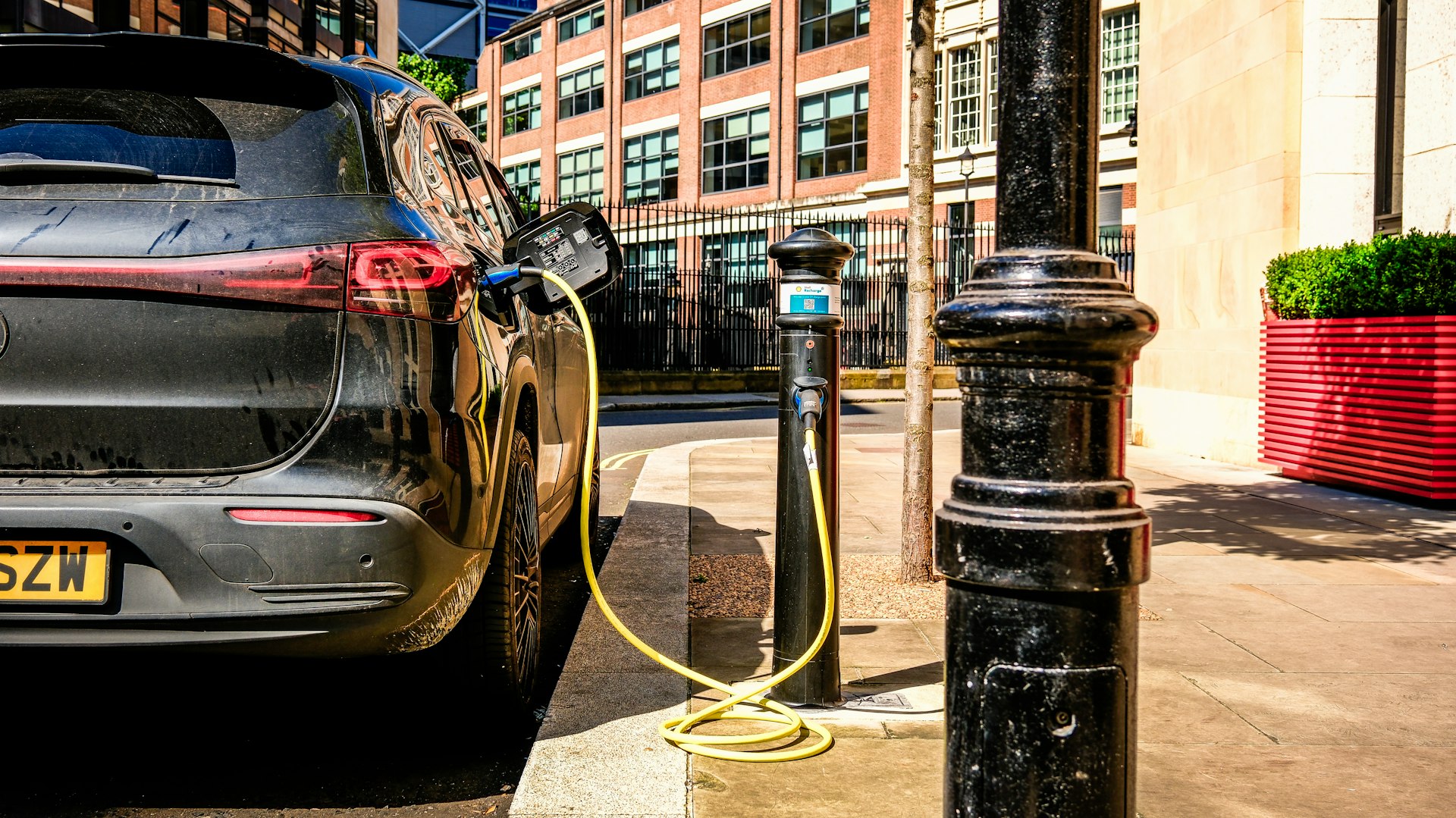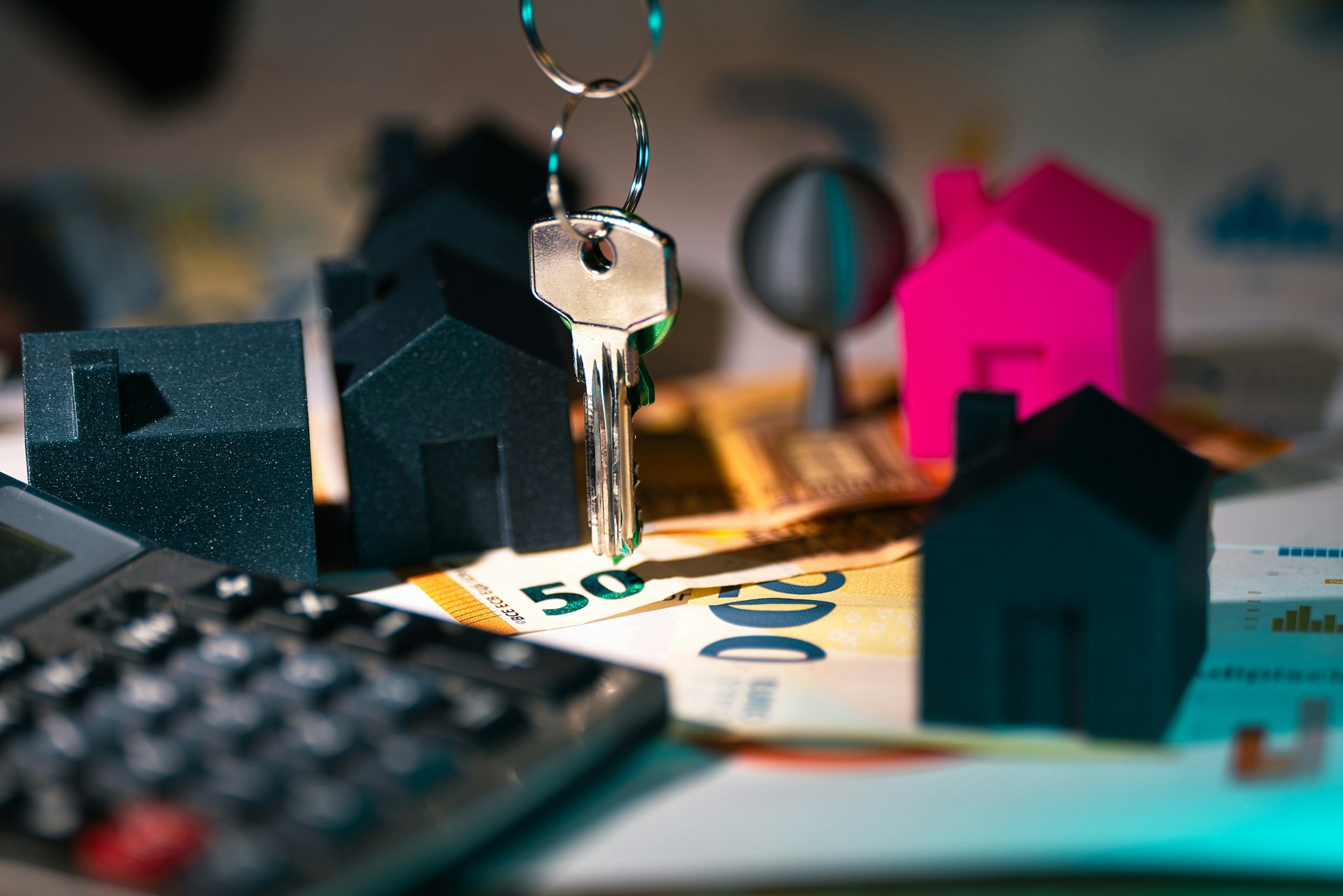Unlocking Real Estate Value in Climate Resilient Cities: Strategies for Investors and Homebuyers

Photo by Jack Dong on Unsplash
Introduction: The New Frontier of Real Estate Investment
As climate change reshapes the landscape of urban living and investment, cities with robust resilience strategies are emerging as prime locations for real estate opportunities. Investors and homebuyers alike are increasingly seeking properties in areas that can withstand environmental challenges such as flooding, extreme heat, and severe storms. This shift is driven by both market forces and regulatory changes, making climate resilience a central theme in real estate decision-making. [1]
Why Climate Resilient Cities Matter to Real Estate Investors
Climate resilient cities implement infrastructure upgrades, enforce forward-thinking building codes, and plan for extreme weather events. These efforts reduce risk and ensure the long-term value of real estate assets. For instance, New York City, through initiatives like Local Law 97, mandates energy efficiency improvements and urban cooling measures, directly influencing property desirability and value. [1] This trend is mirrored in European cities, where the introduction of green bonds and sustainability-linked financing encourages adaptation features for better rates and market longevity. [2]
Insurance companies are increasingly requiring properties to demonstrate resilience, impacting their insurability and premiums. In high-risk locations, insurance costs have surged, sometimes making investments financially untenable. For example, premium increases in Florida have led investors to seek opportunities in safer regions. [4]
Emerging Markets: Where to Find Climate Resilient Opportunities
U.S. cities such as Madison, WI; Asheville, NC; Minneapolis-St. Paul, MN; Buffalo, NY; and Duluth, MN are attracting both capital and new residents due to their relative safety from severe climate events. These locations offer a double advantage: lower climate risk and increasing demand, which can drive property values and rental yields. [4] [5] Flagstaff, AZ, for example, has experienced an influx of buyers seeking relief from extreme heat, resulting in higher property values and a declared housing emergency. [5]
To identify these opportunities:
- Research cities with published resilience plans or a history of climate adaptation policies.
- Review local government and economic development websites for information on population trends and infrastructure investments.
- Monitor real estate market analyses from leading industry platforms focused on emerging cities and climate migration patterns. [3]
Key Investment Strategies for Climate Resilient Real Estate
Success in this sector requires a multi-pronged approach:
- Upgrade Assets for Resilience: Proactively retrofit buildings with flood protection, heat-resistant materials, and robust energy systems. Use available public funding and new financing models, such as green bonds, to offset upfront costs. [2]
- Prioritize Locations with Low Climate Risk: Invest in cities and neighborhoods identified as safe zones by insurance companies and government agencies. Monitor policy changes that may affect insurability and access to public resources. [4]
- Embrace Mixed-Use and Flexible Designs: As hybrid working and population shifts accelerate, properties that offer adaptable layouts and multi-purpose spaces can outperform legacy buildings. Consider developments that support both residential and commercial uses. [2]
Example: In Madison, WI, developers have begun incorporating flood-resistant foundations and green roofs into both new and retrofitted buildings. [4] These features are increasingly required for favorable insurance rates and attract tenants seeking safety and stability.
Accessing Real Estate Opportunities in Climate Resilient Cities
To access climate resilient real estate options, consider the following steps:

Photo by CHUTTERSNAP on Unsplash
- Identify cities with published resilience plans by searching their official government and planning department websites. Examples include Madison, WI and Buffalo, NY.
- Review local listings on major real estate platforms, filtering for properties with resilience features such as energy-efficient systems, flood defenses, or green certifications.
- Contact local real estate agents who specialize in sustainable or climate-adaptive properties. Ask about active developments designed to withstand local climate risks.
- Investigate financing opportunities through banks and lenders offering green mortgages or discounts for resilient features. Many national lenders now provide incentives for energy-efficient homes.
- Monitor city council agendas and local news for updates on infrastructure projects, regulatory changes, and housing incentives related to resilience.
If you are an investor, consider reaching out to real estate investment trusts (REITs) that disclose climate risk strategies. For homebuyers, local government housing agencies may offer programs for energy retrofits or disaster mitigation grants. Always verify program details directly through official channels-search for “city name + climate resilience program” or “state housing agency + energy efficiency grants” for the most current information.
Potential Challenges and Solutions
As demand grows, climate resilient cities may experience “climate gentrification”-where increased property values and rents risk displacing vulnerable populations. [5] Policymakers in receiving cities are beginning to address these challenges by expanding affordable housing, implementing rent controls, and supporting community land trusts.
Investors and buyers should be aware of local regulations and advocacy efforts to ensure investments align with long-term community stability. Engaging with local housing organizations and monitoring city planning initiatives can help mitigate risks and foster inclusive growth.
Alternative Approaches and Future Trends
Beyond traditional buying and investing, new models are emerging:
- 15-Minute Neighborhoods: Developments that offer all essential services within a short walk or bike ride, lowering carbon footprints and increasing resilience. [3]
- Subscription-Based Housing: Flexible, lease-oriented living options that allow adaptation to changing climate and demographic needs.
- Integration of Health and Community Services: Properties that include healthcare delivery systems and community amenities, supporting residents during climate emergencies.
Technological advancements such as smart building systems and AI-driven property management are enhancing the value proposition, especially in tech-forward cities. These tools can help monitor energy usage, optimize building performance, and manage climate risks more effectively. [3]
Practical Guidance for Getting Started
For those seeking to enter the climate resilient real estate market, start by:
- Researching cities and neighborhoods using terms like “climate resilient real estate” and “city name + climate adaptation plan.”
- Consulting established real estate platforms and professional networks for current listings and market analyses.
- Reviewing insurance policy requirements and available incentives for climate-adaptive properties.
- Connecting with local government housing agencies and non-profits for grant and support program information.
Always verify program availability and eligibility directly with the agency or organization. For further guidance, contact your state’s housing department or city planning office. If you wish to access incentive programs or financing, search for “green mortgage programs” or consult with your bank’s sustainability lending department for verified options.
Conclusion: Building Long-Term Value in a Changing World
Climate resilient cities offer compelling real estate opportunities for investors and homebuyers focused on long-term stability and value. By prioritizing risk reduction, sustainability, and adaptive design, these markets position themselves at the forefront of urban innovation. Whether investing, buying, or developing, comprehensive research and engagement with local agencies are essential for success as climate shifts redefine the real estate landscape.
References
- [1] Columbia Business School (2025). How Climate Is Reshaping Real Estate.
- [2] Impakter (2025). Sustainable Real Estate: Hottest Trends and Opportunities.
- [3] BrightInvestor (2025). The 10 Hottest Real Estate Markets for 2025.
- [4] Alliance CGC (2025). How Climate Change Is Reshaping Real Estate Investment Strategies.
- [5] New America (2021). Climate Gentrification Is Spreading to Receiving Cities.
MORE FROM smartsavingsfinder.com













